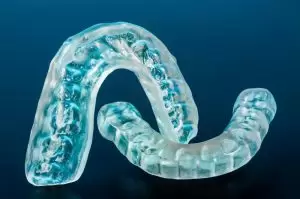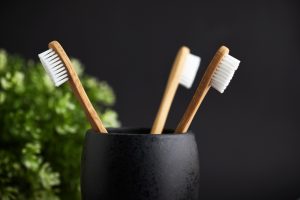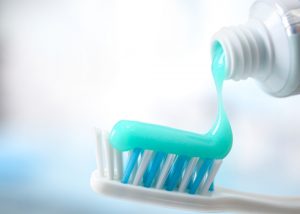 Summer is finally here, and that can mean only one thing: It’s summer food season. But not all summer treats are created equally. Some are better for us – and our teeth – than others. Here’s a list of some of the best and worst foods you may encounter this summer.
Summer is finally here, and that can mean only one thing: It’s summer food season. But not all summer treats are created equally. Some are better for us – and our teeth – than others. Here’s a list of some of the best and worst foods you may encounter this summer.
Barbecue
Summertime means outdoor time and outdoor time means outdoor cooking! And what’s better for outdoors cooking than barbecue? This Southern favorite may be delicious, but that sticky barbecue sauce that’s often laden with sugar is pretty dangerous for your teeth. But don’t put down those ribs just yet. Just make sure you brush well after eating, and if you do eat some of the stringier meats like ribs, be sure to floss afterward, too!
Fresh Fruit
School may be over, but fresh fruit gets an A+ for summer snacking. Summer means all the seasonal favorites are back, like watermelon, cantaloupe, strawberries and more. And while in some cases these delicious fruits do have a high acid content, their health benefits outweigh their acidity. Should you decide to snack on fresh, delicious summer fruit, follow these guidelines: Drink water after consuming, and wait at least 30 minutes before brushing your teeth to allow your tooth enamel to re-harden. But do remember to brush!
Ice Cream
Ice cream is delicious and refreshing, but it can also trigger tooth sensitivity. If you find yourself wincing in pain when eating ice cream, give Dr. Lesko’s office a call for a checkup. There are many possible reasons for sensitive teeth, and some of them are relatively easy to correct. Sensitivity aside, remember that ice cream is usually full of sugar and carbohydrates – two things that cavity-causing bacteria love to feast on. So, make sure that when you indulge in that cone of black raspberry this summer to brush your teeth afterward. Should you add any sticky or sweet toppings or choose a flavor with candy mixed in, remember it’s that much more important to floss afterward, too.
Carnival Foods
Summer is carnival season, which means it’s time for those once-a-year epic carnival foods like cotton candy, candy apples and caramel corn. All delicious, and all terrible for your teeth. We’ll let these slide since they are a once-a-year treat, but make sure you brush really well when you get home. If you do want to opt for healthier fair-fare, swap out the sticky sweets for kettle corn, corn on the cob or maybe even one of those giant turkey legs. Ultimately, though, one bag of cotton candy won’t wreck your smile, so go to the carnival, the barbecue, the pool or the beach and have a great summer, no matter what you eat!
Want to give your smile a summer checkup? Give us a call at 970-221-5115.
Contact The Fort Collins Dentist Family & Implant Dentistry:
970-221-5115
Location (Tap to open in Google Maps):
2001 S Shields St Bldg L
Fort Collins, Colorado
80526











